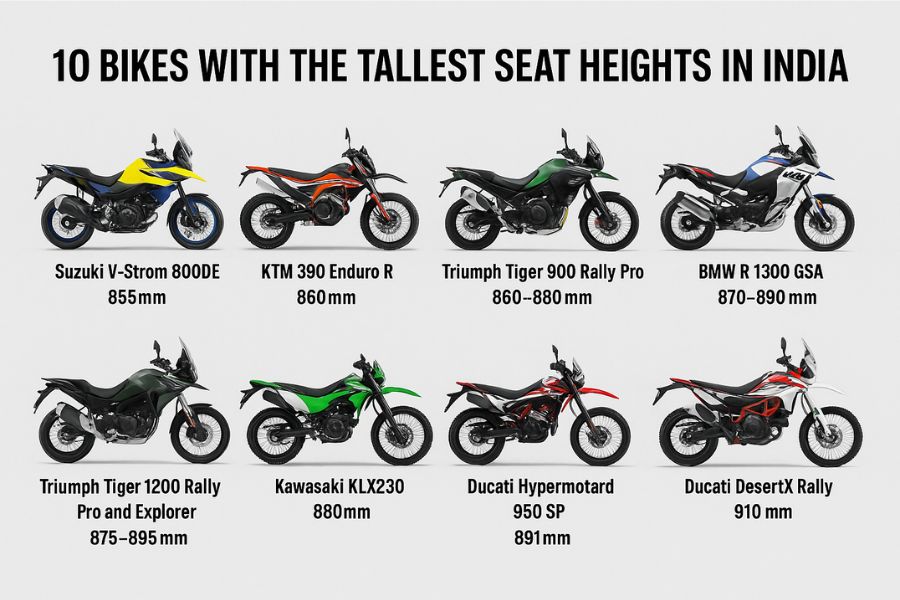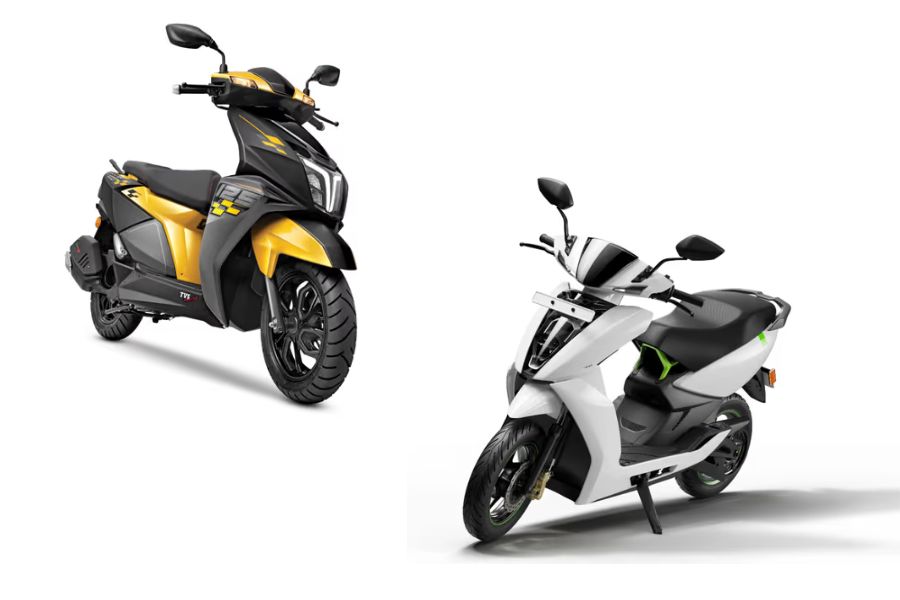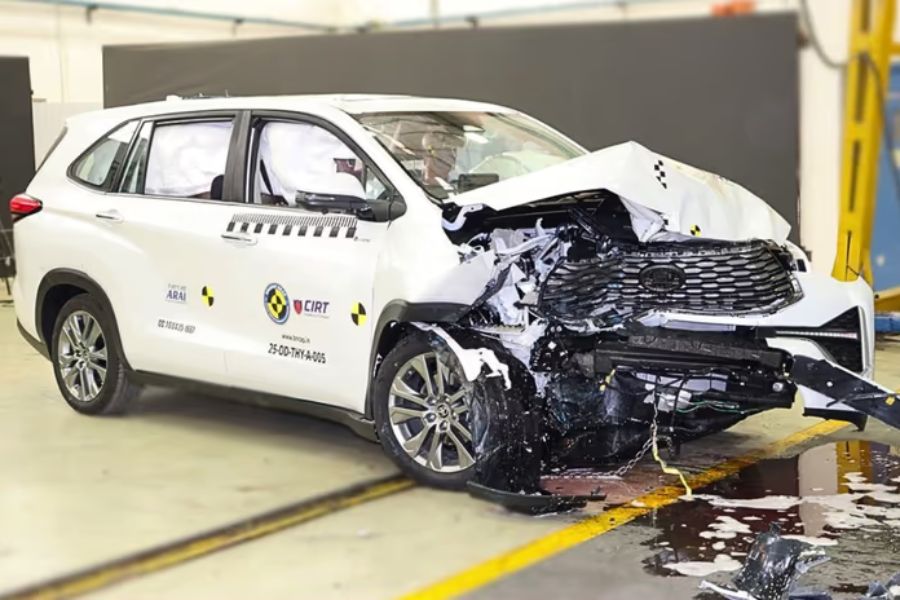Tata Motors has made a strategic decision to enter the midsize SUV segment with a coupe-SUV design, showcased in the Tata Curvv. Although the company is entering this segment later than some competitors, Tata is confident that the Curvv will not be a niche product. By offering a coupe-SUV with petrol, diesel, and electric powertrain options along with numerous class-leading features, Tata aims to differentiate itself and stand out in the crowded market.
Breaking the Mold with a Coupe-SUV
Shailesh Chandra, Managing Director of Tata Motors and Tata Passenger Electric Mobility, shared in an interview with Autocar Professional that the company needed to introduce a design that would break through the clutter and make a strong impact. The decision to adopt the coupe-SUV body style was influenced by its rising popularity in the premium and luxury car segments. Chandra explained that Tata wanted to bring a globally trending design to the Indian market and democratize it in the fast-growing midsize SUV segment.
Chandra emphasized that the Curvv is not intended to be a niche vehicle. It offers everything that customers expect, and more, in a midsize SUV, including practical features that meet or exceed segment standards. The Curvv is designed to compete directly with conventional internal combustion engine (ICE) vehicles in the segment.
Achieving Price Parity with Petrol-Automatic SUVs
One of the most notable aspects of the Curvv EV is its competitive pricing. Tata Motors claims that the on-road price of the Curvv EV is comparable to the top-end petrol-automatic variants of its rivals, with introductory ex-showroom prices ranging from Rs 17.49 lakh to Rs 21.99 lakh.
Tata believes that the Curvv EV addresses two significant concerns for potential electric vehicle buyers: price parity with ICE vehicles and a driving range of over 400 km, making it suitable for long-distance travel.
Chandra attributed the ability to achieve this price parity to the reduction in battery costs, which have decreased by 35-40 percent from their peak. He explained that as battery costs have come down, the focus has shifted to optimizing the non-cell costs in battery construction, design, and manufacturing. Additionally, Tata has leveraged carryover content from its ICE platforms and benefited from economies of scale and localization, which have contributed to bringing the Curvv EV’s price closer to that of ICE vehicles.
Read More:




